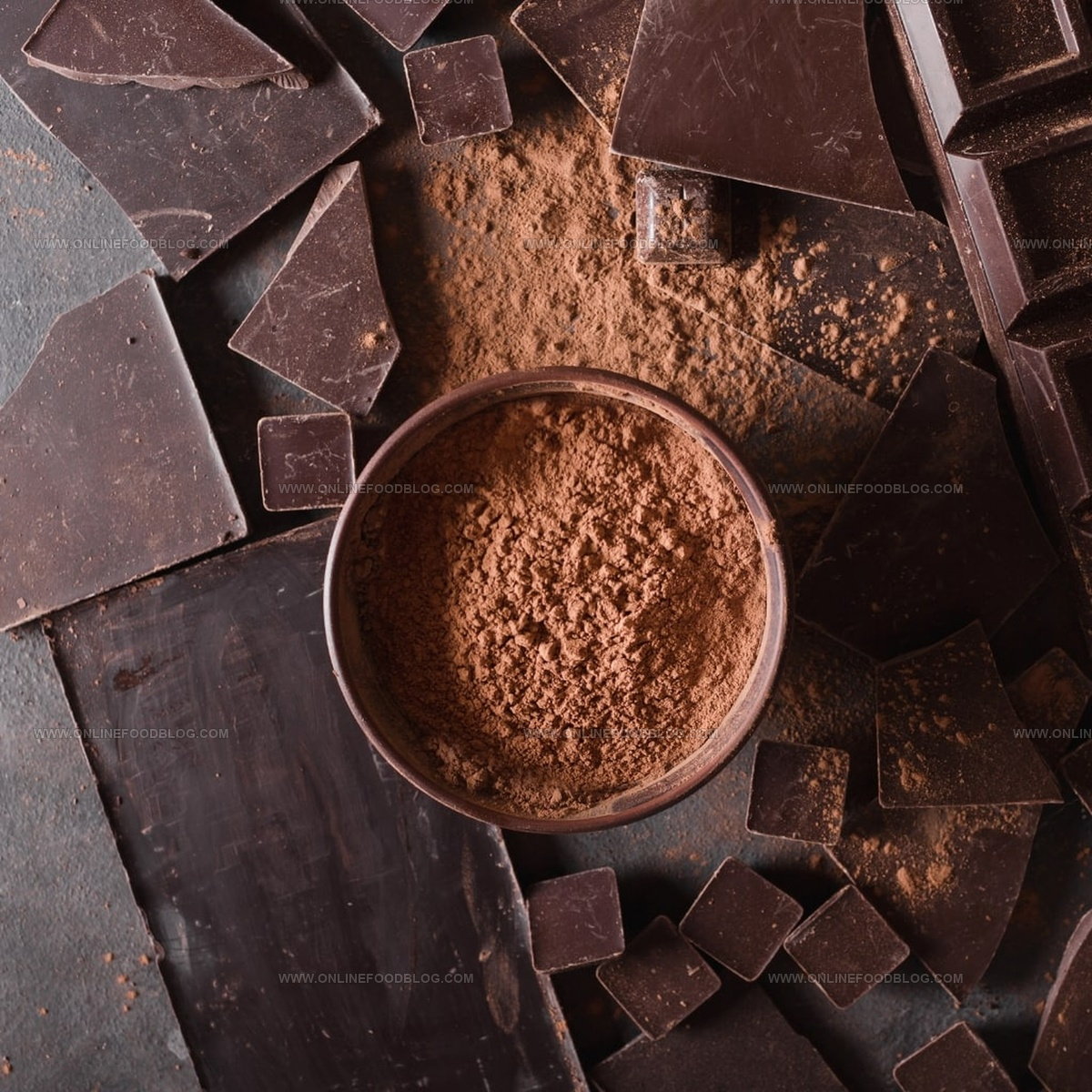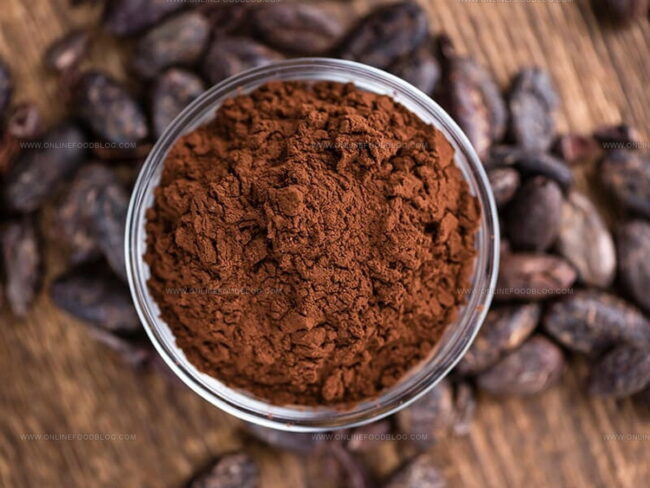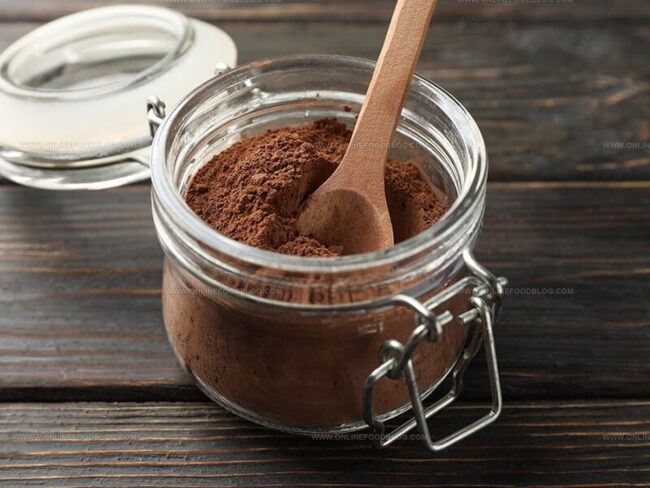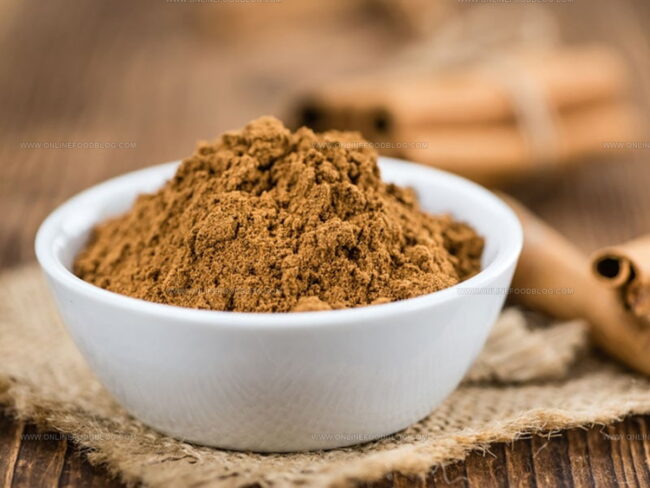13 Rich Chocolate Alternatives When You’re Out of Cocoa Powder
Cocoa powder delivers rich, deep chocolate flavor essential for baking and desserts.
When cocoa powder isn’t on hand, substitutes such as unsweetened baking chocolate, carob powder, or chocolate chips can offer similar taste profiles with slight variations.
Each alternative affects texture and sweetness differently, so careful adjustments are key.
These thirteen cocoa powder substitutes give you multiple ways to infuse chocolate goodness into your creations.
Understanding how to modify recipes for these replacements keeps your desserts decadent and balanced.
Whether you’re baking brownies or making hot chocolate, these alternatives ensure chocolate flavor shines through.
Explore how to select and use cocoa powder substitutes effectively.
Cocoa Powder Key Characteristics
Substitutions of Cocoa Powder
Cocoa powder adds deep, chocolatey flavor. If it’s missing, you can still keep that indulgent taste. A good swap keeps the richness intact.
Chocolate Chips
Chocolate chips serve as an excellent substitute for cocoa powder in many recipes, particularly in delicious chocolate chip cookies where they provide both rich flavor and pleasant texture.
Most bakers appreciate this swap because the chips melt nicely during baking, creating pockets of chocolate throughout the treat.
During a baking emergency when cocoa powder is unavailable, chocolate chips can save your recipe without compromising taste.
The proper substitution ratio is simple - just use 2-3 ounces of chocolate chips for every 1.5 ounces of cocoa powder called for in your recipe.
Kids and adults alike often prefer the taste of melted chips compared to the sometimes bitter notes found in cocoa powder.
Unsweetened Baking Chocolate
Substituting unsweetened baking chocolate for cocoa powder works well because they both come from the same source - cocoa beans.
The main difference lies in how they're processed, with baking chocolate delivering a more intense and pure chocolate flavor in your recipes.
When making this swap, remember that baking chocolate contains cocoa butter (fat) that isn't present in cocoa powder, so other fats in your recipe may need adjustment.
The proper ratio for successful results is 2 tablespoons of unsweetened baking chocolate for every 3 tablespoons of cocoa powder called for in your recipe.
Many bakers prefer this substitution when they want a deeper chocolate taste in brownies, cakes, or cookies.
Dark Chocolate
Substituting dark chocolate for cocoa powder works brilliantly because they share a similar rich, intense flavor profile.
High-quality dark chocolate, when finely chopped or grated, can seamlessly blend into recipes while its natural cocoa butter adds an extra dimension of smoothness that plain powder can't match.
For perfect results, select chocolate with a cocoa percentage that closely matches what the original recipe specifies.
The ideal ratio is 4 tablespoons of melted dark chocolate for every 3 tablespoons of cocoa powder your recipe calls for.
This simple swap not only maintains the chocolate intensity but often enhances the overall texture, making it a fantastic option when you've run out of cocoa powder.
Cacao Nibs
Cacao nibs serve as a wonderful substitute for cocoa powder in various recipes, bringing a rich chocolate flavor with added natural fats and antioxidants.
These small pieces of roasted cacao beans need to be ground in a spice grinder or food processor until they reach a powder-like consistency suitable for baking.
The final product might taste slightly different from traditional cocoa powder, offering a more robust, less processed chocolate flavor profile.
Cacao nibs also provide a nutritional boost with higher levels of nutrients than highly processed cocoa products, making them popular among health-conscious bakers.
Drinking Chocolate Powder
Drinking chocolate powder stands out as an excellent substitute for cocoa powder in many recipes because it's already blended with sugar and sometimes milk solids for quick preparation.
This ready-to-use mix creates a smooth, creamy texture in both drinks and baked goods without the need for measuring multiple ingredients separately.
When using it in recipes, remember to reduce the sugar elsewhere since the powder already contains sweetness.
In most cases, substituting at a 1:1 ratio works perfectly, though the final product might have a slightly different flavor profile due to any added ingredients like vanilla or cinnamon.
Some brands also include thickeners or stabilizers which can actually improve the consistency of puddings, cakes, and other chocolate-based treats.
Melting Chocolate (Couverture)
Professional bakers and chocolatiers often choose couverture chocolate because its higher cocoa butter content creates a luxurious, glossy finish on desserts.
The velvety texture enhances your recipes with a rich, creamy chocolate flavor that makes every bite feel indulgent and special.
When replacing cocoa powder in recipes, simply use 4 tablespoons of couverture for every 3 tablespoons of cocoa powder for perfect results.
This premium chocolate melts smoothly and sets with a satisfying snap, making it ideal for coating truffles or creating decorative elements.
Many home bakers find that switching to couverture elevates their chocolate desserts from ordinary to extraordinary with minimal extra effort.
Hot Cocoa Mix
Substituting hot cocoa mix for cocoa powder can save your recipe when the pantry runs low on baking essentials.
This pre-mixed blend contains cocoa powder, sugar, and salt, offering rich chocolate flavor while reducing preparation time in your kitchen.
Many home bakers appreciate how this common household item creates delicious results in chocolate cakes, cookies, and brownies without extra trips to the store.
The thickening agents in hot cocoa mix provide a wonderful gooey texture, though you should reduce baking soda in your recipe to compensate for this difference.
For best results, start with a 2:1 ratio (two tablespoons of hot cocoa mix for each tablespoon of cocoa powder called for) and adjust to taste depending on your preference for sweetness.
Carob Powder
Carob powder, derived from the carob tree, offers a naturally sweet alternative that reduces the need for added sugars in your recipes.
Unlike cocoa, this caffeine-free substitute provides essential nutrients including calcium and fiber while still delivering a satisfying chocolate-like taste.
Many bakers appreciate how easily carob works in their favorite dishes, requiring just a simple 1:1 substitution ratio for cocoa powder.
People who try this healthy alternative often can't tell the difference in brownies, cookies, or hot drinks.
From personal experience, carob's mild sweetness and nutrient profile make it an excellent choice for anyone looking to make small, beneficial changes to their diet without sacrificing flavor.
Chocolate Spread
Chocolate spread is an excellent substitute for cocoa powder in many recipes since it already contains cocoa as a main ingredient.
The rich, creamy texture adds a delightful sweetness that enhances desserts without requiring additional work.
You should adjust your recipe's sugar content when using this alternative since chocolate spread typically contains more sweetness than plain cocoa powder.
For best results, swap chocolate spread for cocoa powder at a 2:1 or 3:1 ratio depending on how chocolatey you want the final product.
This versatile ingredient works wonderfully in baking projects, as a quick frosting solution, or simply as a delicious topping for your favorite desserts.
Dutch Press Cocoa
Dutch-processed cocoa stands out for its smooth, mild taste created through alkaline treatment that reduces acidity.
The process enhances chocolate flavor, giving it a deeper, more complex profile than natural cocoa powder.
Many bakers prefer this type when working with recipes that call for baking soda as a leavening agent.
For best results in your recipes, simply swap it in at a 1:1 ratio with natural cocoa.
Just remember to consider the recipe's acidity levels when making the substitution, as this can affect how your baked goods rise and taste.
Chocolate Syrup
Bakers often reach for chocolate syrup as a handy substitute for cocoa powder since it provides an intense chocolate flavor plus built-in sweetness all in one convenient liquid form.
The syrup blends seamlessly into batters and mixes, creating desserts with that rich, decadent chocolate taste many people crave.
For best results, swap it in using a simple 1:1 ratio when replacing cocoa powder in your favorite recipes.
One important consideration is the high sugar content already present in the syrup, so reducing other sweeteners in your recipe helps maintain the proper balance.
Some home cooks even prefer this substitution because it eliminates the occasional clumping that can happen with dry cocoa powder.
Espresso Powder
Espresso powder is an excellent substitute for cocoa in many recipes, adding a rich depth that enhances the overall flavor with its slightly bitter and robust notes.
When ground finely, this coffee-derived ingredient mimics the texture of cacao perfectly, making it nearly impossible to tell the difference in most baked goods.
Since espresso powder tends to be more concentrated than cocoa, a little goes a long way- just half a tablespoon can replace a full tablespoon of cocoa in your favorite recipes.
Adding a pinch of sugar can help balance any extra bitterness that might come through in delicate desserts like mousses or custards.
The subtle coffee undertones actually make chocolate flavors more intense, which is why many professional bakers secretly add it to their chocolate cakes and brownies.
Molasses
Molasses stands out as a remarkable substitute for cocoa powder, infusing recipes with its deep, rich sweetness and distinctive complexity that many home bakers love.
The dark syrup doesn't perfectly match cocoa's chocolate notes but instead brings its own character to baked goods, adding moisture and enhancing texture in ways that regular sugar simply can't.
When making the swap in your favorite recipes, a good rule of thumb is to use just one tablespoon of molasses for every two tablespoons of cocoa powder called for.
This substitution works especially well in gingerbread, spice cakes, and certain cookies where the robust flavor can complement other warm spices.
Most people find that adjusting other liquids in the recipe helps balance the additional moisture that molasses introduces.
Cocoa Powder Swaps for Different Recipe Type
Cocoa powder swaps depend on how you’re using it and the flavor or texture you need in the dish.
For baked treats, focus on maintaining that dry texture and concentrated taste, so a thicker, more intense form works best.
In drinks or smoothies, something that dissolves easily and adds smooth creaminess makes a good stand-in.
When making sauces or glazes, look for an option that holds its color and delivers a silky finish without changing acidity.
For richer, savory recipes, a paste-like substitute can add body and depth without sweetness.
Tips to Balance Sweetness and Bitterness When Swapping Cocoa Powder
Keeping chocolate taste balanced when swapping cocoa powder comes down to a few simple tricks, such as:
Secrets to Enhancing Cocoa Substitute Flavors
Simple tweaks help bring out the best in cocoa substitutes:





Mia Reynolds
Food Writer & Home Cooking Specialist
Expertise
Easy Home Baking, Recipe Writing and Storytelling, Local and Seasonal Ingredients, Baking for Beginners
Education
New England Culinary Institute (NECI), Montpelier, Vermont
Community College of Vermont, Winooski, Vermont
Mia Reynolds fell in love with baking as a teenager experimenting in her family kitchen. Her passion took her to New England Culinary Institute, where she learned practical pastry techniques, and later to Community College of Vermont to deepen her understanding of food management.
Mia combines clear, simple baking instructions with heartwarming stories, making home baking approachable for everyone.